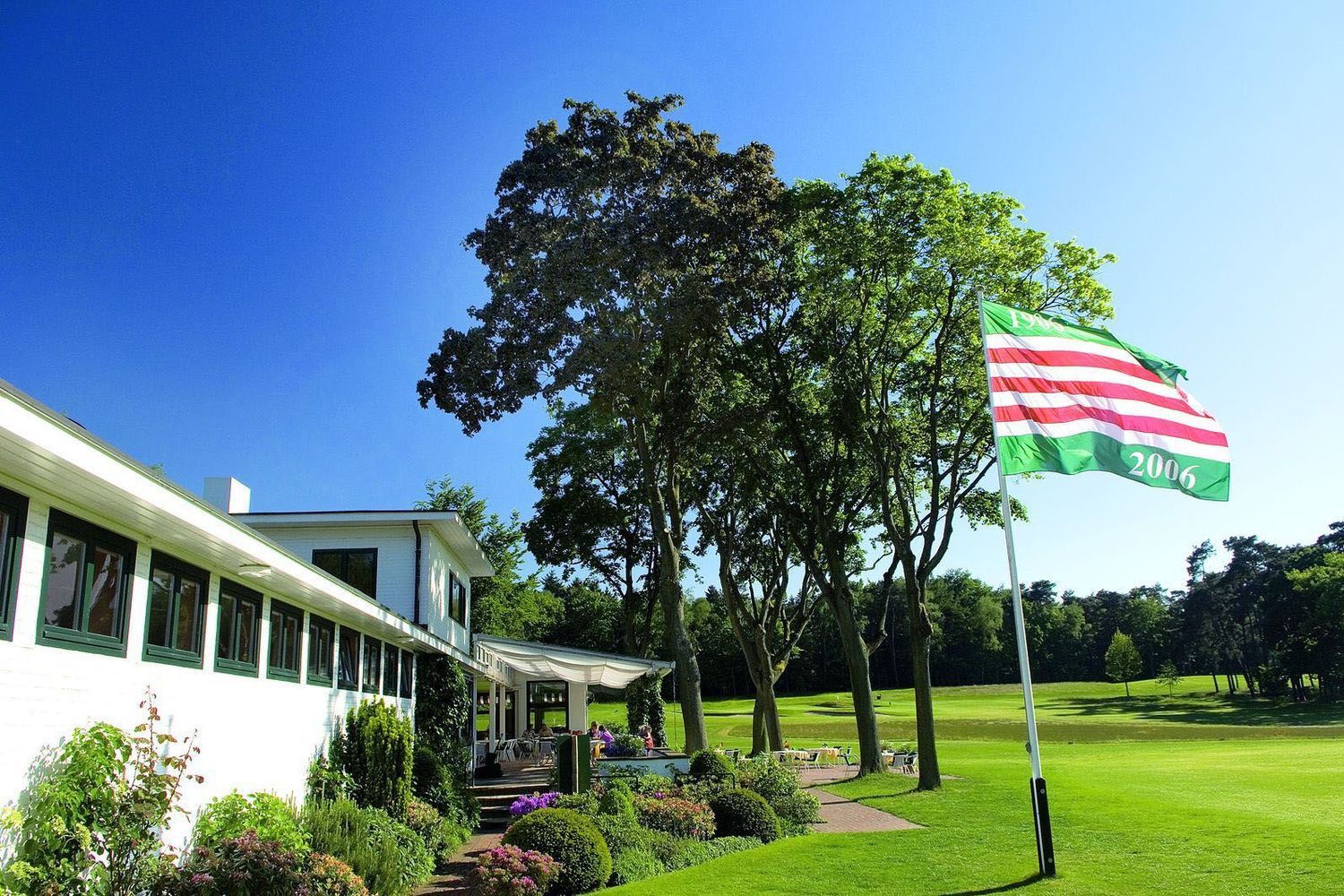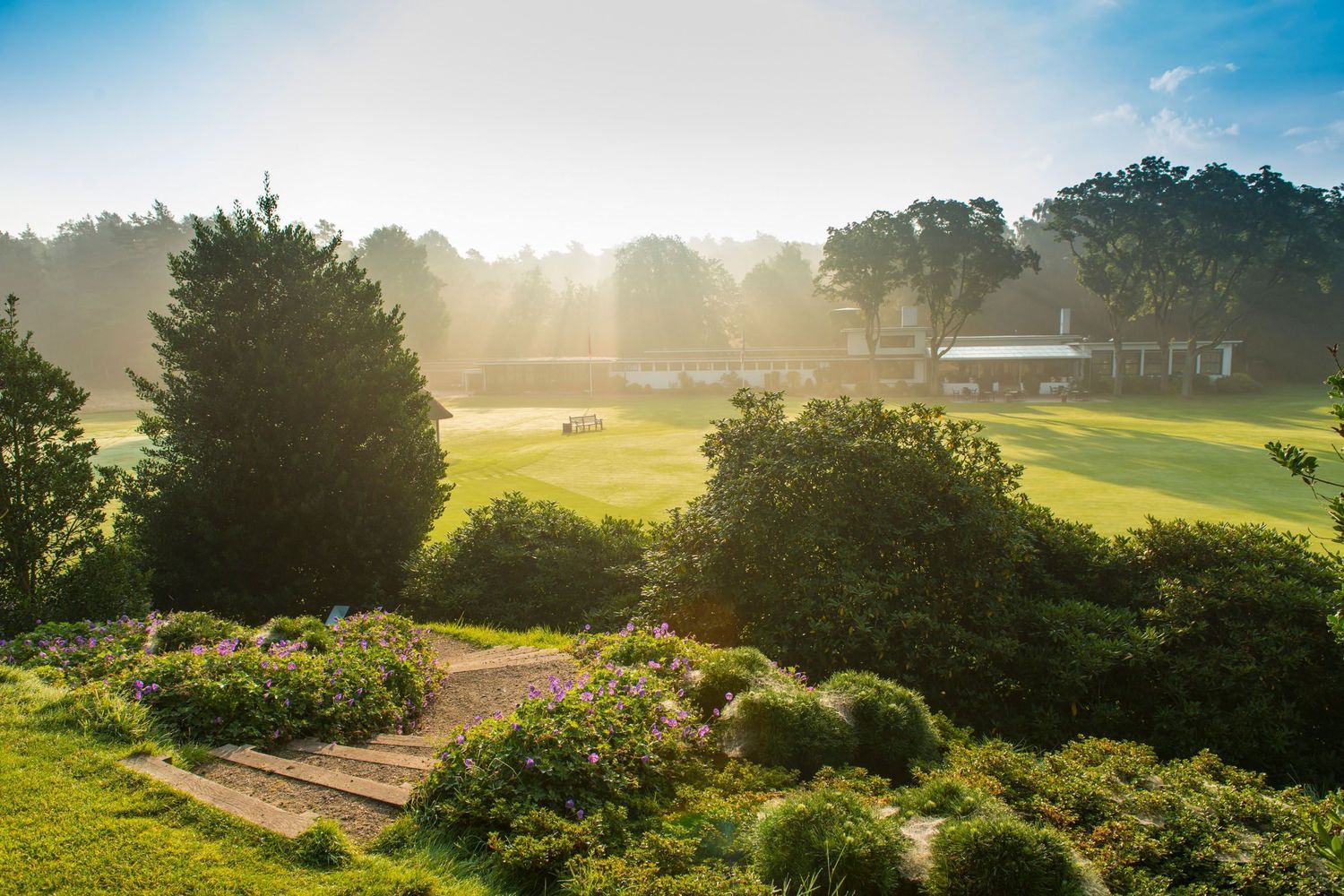A touch of German golf history
The Hamburger Golf-Club e. V. was founded on 16 January 1906, making it one of the ten oldest golf clubs in Germany. Initially, the club was based in Flottbek before moving to the current club grounds. In the west of Hamburg, in the immediate vicinity of the Elbe, the present championship course in Falkenstein was built between 1928 and 1930 by the world-famous English golf architects Colt, Alison and Morrison.
Due to its history, the club is closely linked to the development of golf in Germany. In 1907, the Hamburg GC was one of the founding members of the German Golf Association and also provided its first president. Since then, the Hamburg Golf Club has been firmly anchored in German golf history.
Our golf club is characterised not only by a mature, sporting challenging golf course, but also by an active club life. The Hamburg Golf Club stands for golf and nature, for active youth work and competitive sport in all age groups.
Since 1935, many national and international championships have taken place in Falkenstein, and Bernhard Langer was the first German to win the German Open here in 1981. Due to the success of its active players - 5 x winners of the European Cup of National Champions and 23 x German Team Champions - the Hamburg Golf Club was awarded the Silver Laurel Leaf by the Federal President. As in the past, exemplary youth work will continue to form the basis of the club's sporting objectives and successes in the future.
Clubhouse
When the Hamburg Golf Club moved from Flottbek (1906-1930) to Falkenstein (from October 1930), the financing and construction of a new clubhouse had to be arranged in addition to the construction of the course.
The Hamburg patron Max Emden provided the financial means and so the Hamburg architects Schramm and Elingius were commissioned to build a functional, beautiful and distinctive clubhouse.
This was obviously successful, as the white, elongated building in the Bauhaus style meets with approval and is unique both in its style and design as well as its furnishings.
Club Impressions







